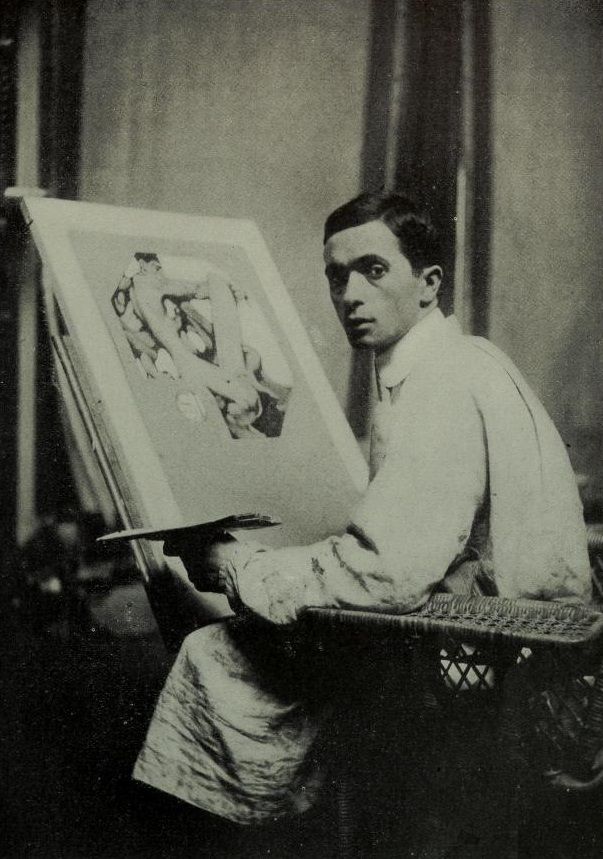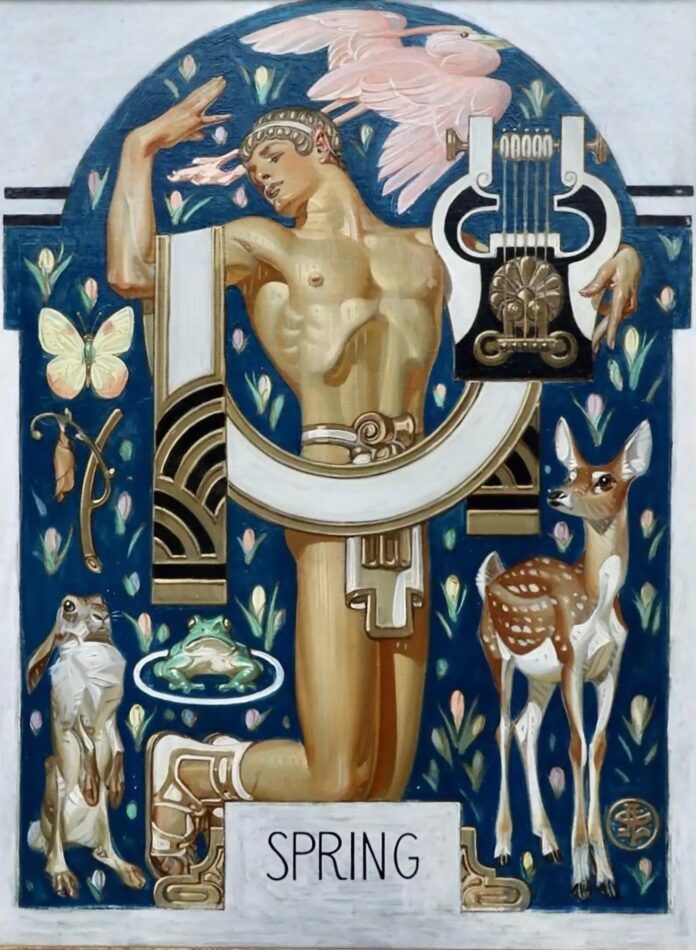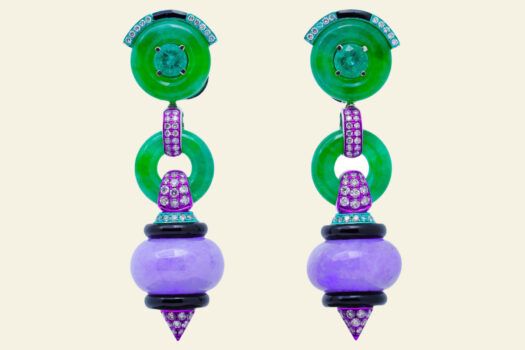Joseph Christian Leyendecker was a towering figure of the golden age of American illustration, which roughly spanned the 1880s to the 1930s. Leyendecker — who went professionally by his initials, J.C. — was best known for his prolific work with The Saturday Evening Post. An artist and commercial illustrator, he produced 322 covers for the magazine between 1899 and 1943.
His images were not only immensely popular but also played a central role in shaping the publication’s identity and, by extension, American popular culture. His artwork reached millions — in 1929, during the peak of both his career and the magazine’s influence, the Post’s circulation averaged nearly 2.9 million copies per issue.
One of Leyendecker’s most striking paintings, Spring — Apollo and Animals, appeared on the cover of the Post on March 30, 1929.
“In this piece, he employs the Greek god Apollo to herald the arrival of spring,” says Laura Polucha, director of the Illustrated Gallery, which is offering the painting on 1stDibs. “Apollo’s association with the sun and light perfectly aligns with the themes of seasonal renewal. Symbols such as frogs and rabbits, meanwhile, are often associated with fertility, and butterflies can represent transformation and rebirth. Furthermore, the consistent presence of budding flowers throughout the background subtly suggests a burgeoning abundance that may continue to extend beyond the bounds of the image.”

Born in Germany in 1874, Leyendecker immigrated to Chicago with his family when he was eight years old. He developed his signature technique — stylized musculature, bold lighting and visibly hatched brushstrokes — through his studies at the School of the Art Institute of Chicago, as well as during nearly two years at the Académie Julian, in Paris, in the late 1890s.
Spring — Apollo and Animals shows off the artist’s mastery of form and composition. His work, always meticulous, typically began with live models and detailed oil studies. The process reflects the discipline behind Leyendecker’s dramatic, polished illustrations.
Apollo’s chiseled good looks also exemplify Leyendecker’s lasting influence on ideals of male beauty in American visual culture. His handsome, stylish male figures — especially in clothing advertisements like those for Arrow Collars and B. Kuppenheimer & Co. — are iconic. His illustrations often contained subtle homoerotic elements, and his relationship with his longtime model Charles Beach was widely acknowledged in private circles.
“The cheerful subject of this Apollo painting makes it a personal favorite,” says Polucha. “And it consistently captivates visitors to our gallery, which speaks to its success not only as a piece of fine art but also to its original intent as a magazine cover. Covers had to be engaging and eye-catching enough to grab the attention of readers at a crowded newsstand.” For a collector, the painting offers a sense of inspiration, awakening and regeneration, as well as an eye-catching spring tableau.






